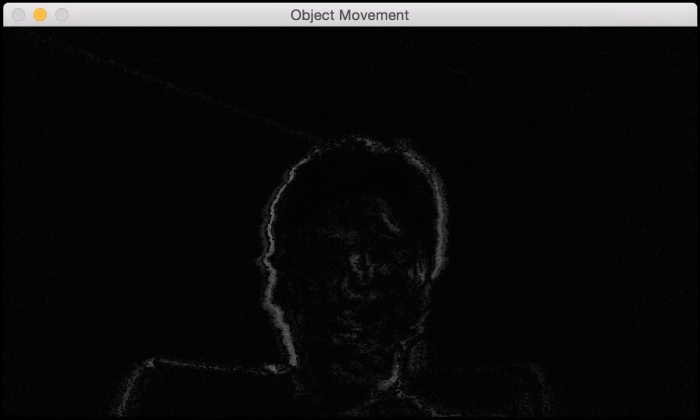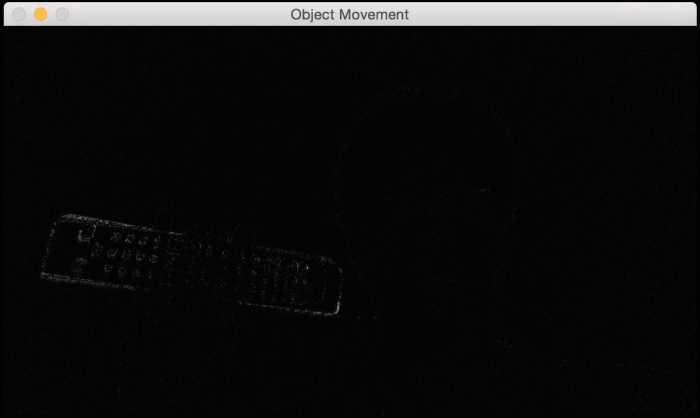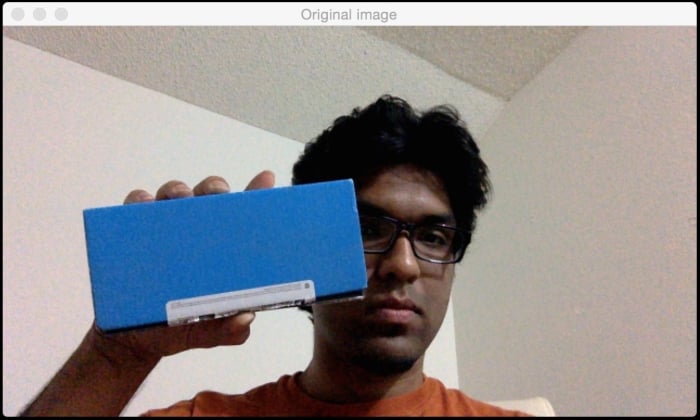In this chapter, we are going to learn about tracking an object in a live video. We will discuss the different characteristics that can be used to track an object. We will also learn about the different methods and techniques for object tracking.
By the end of this chapter, you will know:
How to use frame differencing
How to use colorspaces to track colored objects
How to build an interactive object tracker
How to build a feature tracker
How to build a video surveillance system






